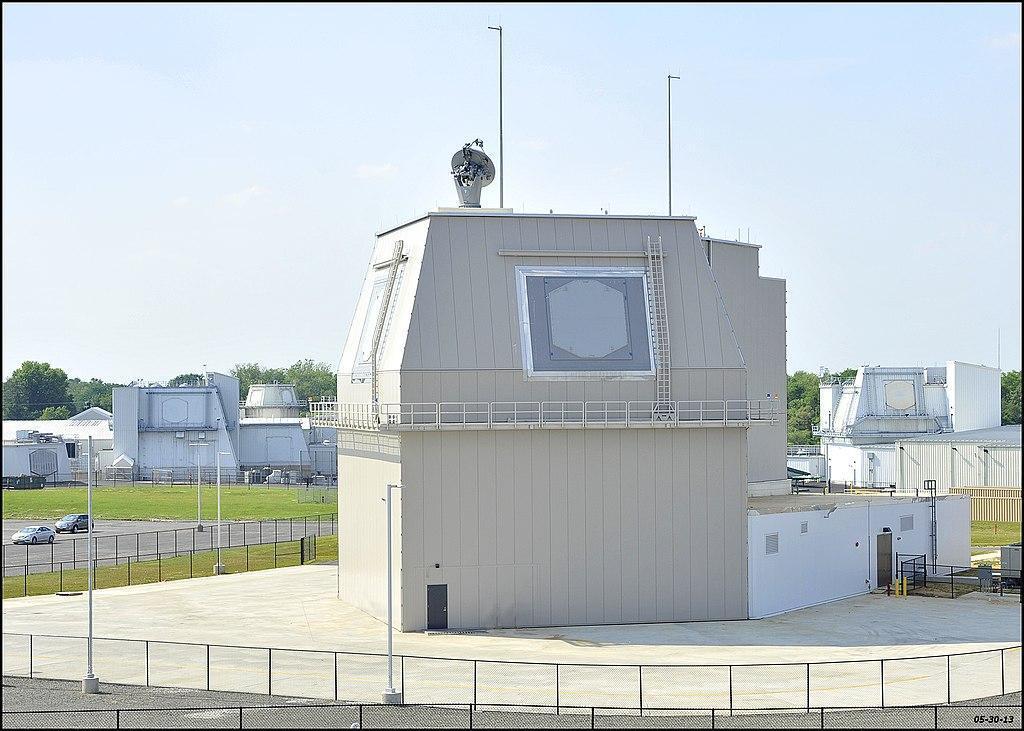Aerospace & Defense Roundup: August 19
August 20, 2021
Japan’s Sea-Based Aegis System Faces Ax
A sea-based Aegis missile defense system could be the next program to be abandoned by Tokyo. The Japanese Defense Ministry does not plan to seek funds for it in the upcoming fiscal 2022 budget. Citing government sources, the Asahi Shimbun newspaper said such a budget request will “likely be impossible over the next few years.” Credit: U.S. Missile Defense Agency

Boeing MQ-25 Refuels Second U.S. Navy Manned Aircraft
Credit: Kate Lowry/Boeing
A U.S. Navy E-2D Hawkeye is refueled by a MQ-25 Stingray test aircraft.

Sounds Air Looks Ahead To Electric Regional Flying
New Zealand regional airline Sounds Air has confirmed its launch orders with Swedish startup Heart Aerospace for an initial three ES-19 electric 19-passenger aircraft. Based in Blenheim on South Island, the carrier is anticipating first delivery in 2026. Credit: Sounds Air/Heart Aerospace

James Webb Observations To Probe Mysteries Of Early Universe
One of the James Webb Space Telescope’s (JWST) early science tasks, called COSMOS-Webb, will be a wide and deep mapping of the 13.7 billion-year-old universe. The 200-hr., high-resolution survey will cover a half million galaxies in the infrared and an unprecedented 32,000 star systems in the mid-infrared. Credit: NASA

Ampaire Demonstrates Hybrid Bridge To Electrified Regional Flights
Ampaire is relocating its hybrid-electric propulsion test aircraft to Exeter, England, after completing flight tests in Orkney, Scotland. The flight demonstrations are being conducted under projects funded by the UK government’s Future Flight Challenge. Credit: Angus Batey / Aviation Week

Indonesian Agency Plans N219 Floatplane
The Indonesian research and technology agency BPPT plans to develop a floatplane variant of the PT Dirgantara Indonesia (PTDI) N219 Nurtanio turboprop aircraft to foster domestic aerospace research and manufacturing capabilities. Credit: Indonesian Aerospace

Researchers Develop Cheaper Route To SAF From Biomass
One reason sustainable aviation fuel (SAF) costs more than conventional jet fuel is the expense of transporting biomass feedstocks to centralized production plants. A new process for producing jet fuel from ethanol with less energy and smaller facilities creates the potential for a distributed processing system located close to biomass sources, according to its developers. Credit: Pacific Northwest National Laboratory

NASA Closes In On Electrified Propulsion Demonstration Awards
NASA says plans for the Electrified Powertrain Flight Demonstration (EPFD) project to flight-test megawatt-class electric aircraft propulsion systems are on track with “at least two” contract awards due to be made to industry in the coming months. Credit: NASA
Sound Air looks ahead to electric regional flying, James Webb observations to probe mysteries of early universe, researchers develop cheaper route to SAF and more. A roundup of aerospace, space and defense news powered by Aviation Week Intelligence Network (AWIN).
AWIN members can log in to view the full-length articles and analysis.